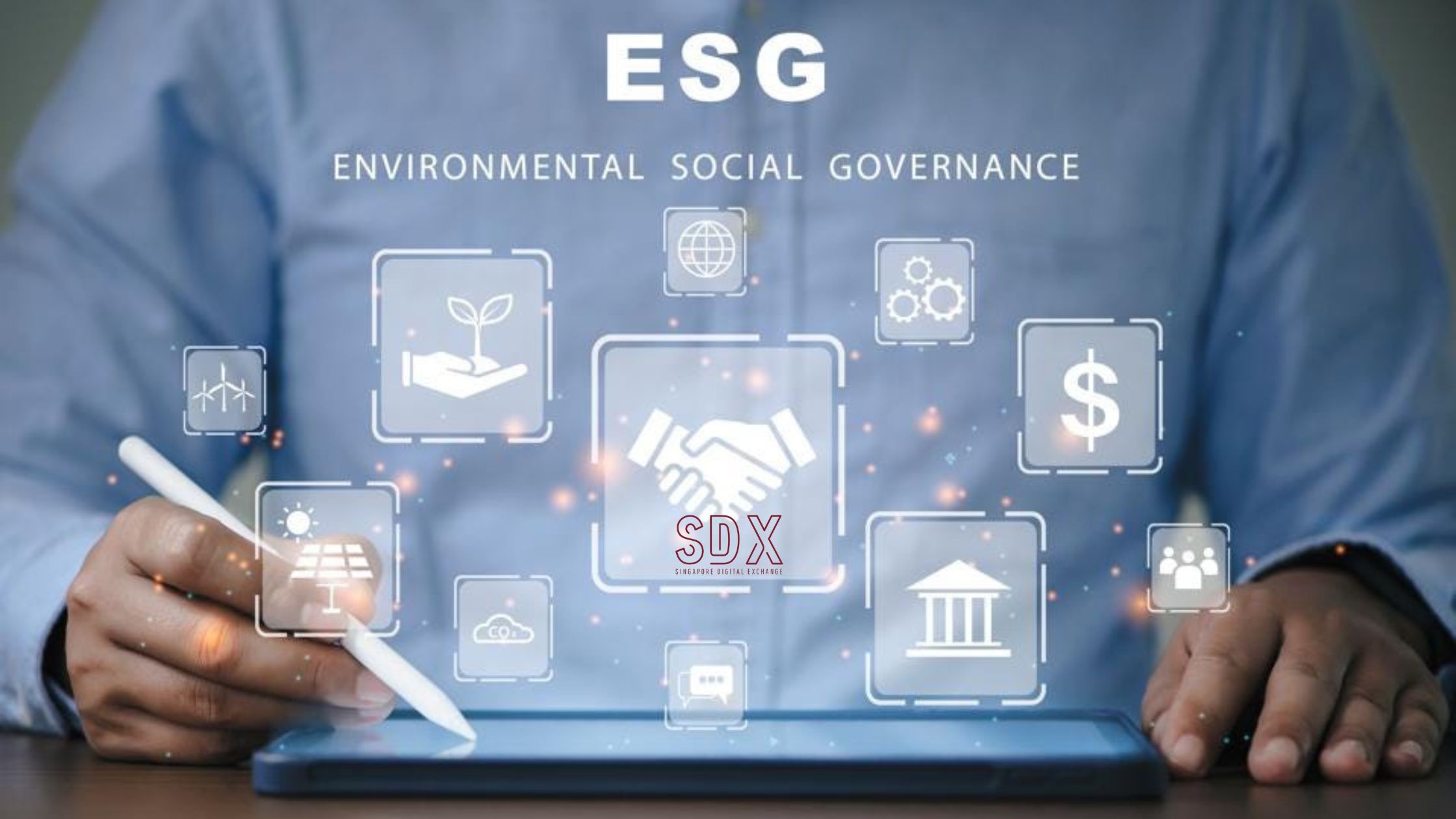What is ESG?:
ESG at its core is a corporate governance and investment framework system. ESG investors consider a company’s environmental issues, social and governance attribute alongside their financial attributes when deciding whether or not to invest in companies.
ESG Sustainable Investment Growth:
Global ESG investment is growing very rapidly, with hundreds of billions of dollars flowing into ESG in 2020, 2021, and 2022. Source: Morningstar.
The Difference Between ESG and Sustainability:
Now that we’ve defined ESG, let’s summarize the key differences between ESG and sustainability:
- ESG is about company stakeholders, identity, and decision making the board, CEO, employees, shareholders, and other stakeholders whereas sustainability is about the relationship between a company and the environment.
- ESG is an investment framework that helps external investors assess company performances and risks, whereas sustainability is a framework to make internal capital investments (i.e., installing LED light bulbs or other energy efficiency measures, electrifying a transportation fleet, purchasing sustainability measurement software)
- ESG is based on standards pattern set by the lawmakers, investors, and ESG reporting all organizations (e.g., GRI, TCFD, MSCI), whereas sustainability standards while also set by standards groups like GHG Protocol are more science-based and standardized also. There are dozens of different frameworks for measuring ESG, whereas carbon (CO2) and we don’t need
to get to create with nature and physics.
- ESG also includes sustainability as one of its three pillars, but also incorporates broader social and corporate governance considerations.
- ESG is typically more relevant for big companies that are listed on public investment exchanges or those that need financing from institutional investors. However, as more banks and some financial services firms themselves adopt ESG principles around their business, ESG is also increasingly becoming more and more material to startups and smaller organizations goodly. This overall risk and materiality profile of ESG is a key place where it differs in sustainability. For example, a company could have a completely carbon-neutral, zero-waste, renewable-powered manufacturing facility, but if that facility is wildly dangerous to work in from a workplace health and good safety standpoint the company still isn’t meeting its ESG obligations despite, achieving environmental sustainability on paper.


